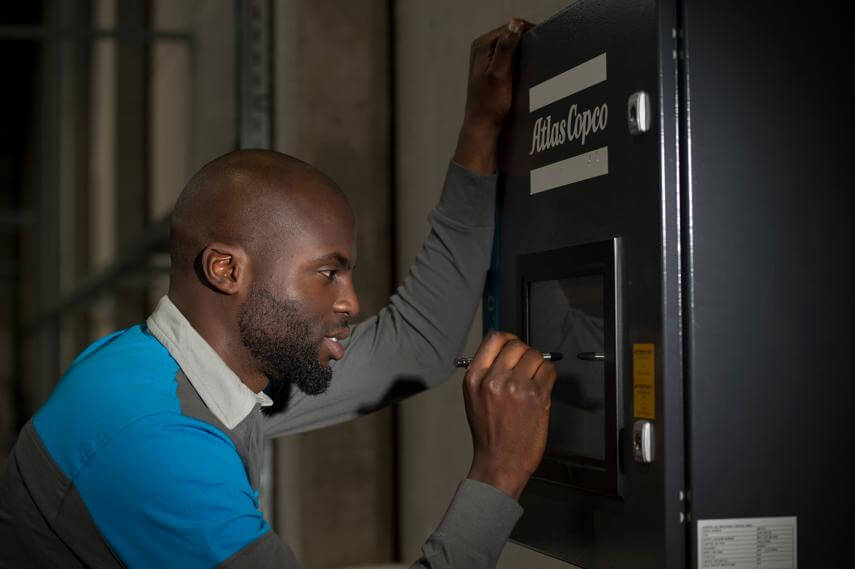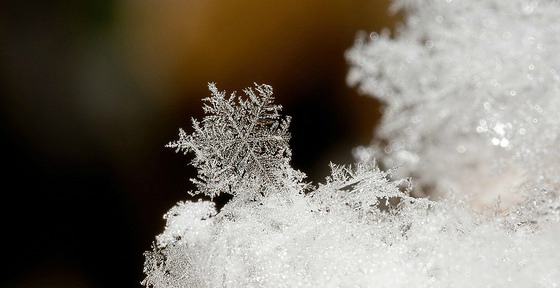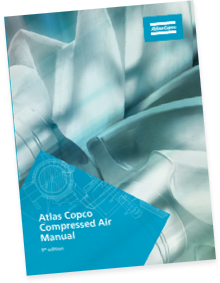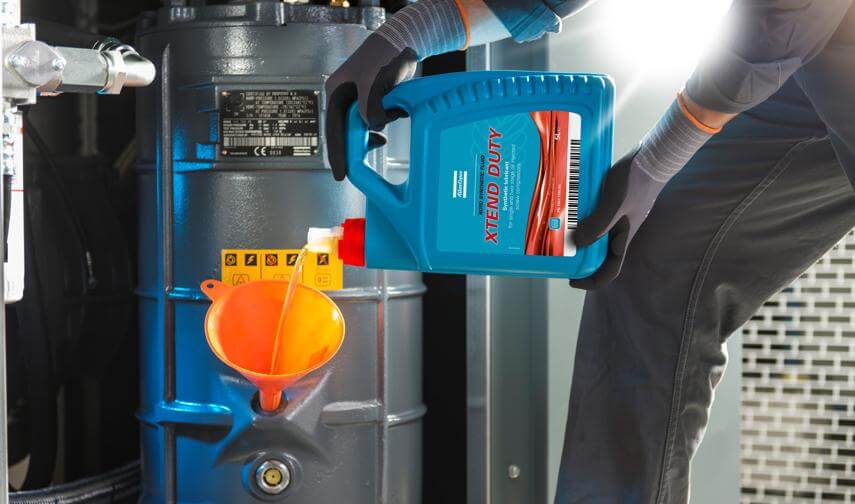Getting your compressed air system ready for winter takes time. There are many steps you need to take, and it’s best to begin early. Even though winter doesn’t officially begin until December 22, now is the time to ensure your system can handle the coming months and the frigid weather they bring.
This is the first installment in a trilogy on readying your compressed air system for winter. Today’s focus is addressing maintenance issues. Though this is a practice most operators engage in throughout the year, it becomes especially important in preparation for the colder months.
In addition to any regularly scheduled maintenance, operators should take special note of the following to guarantee their compressor system is ready for whatever winter brings.
Check drains for malfunctions
Check drains for obstructions or inefficiencies. If a drain is malfunctioning it can cause serious issues when the temperatures drop. In compressor rooms that are not heated, improperly drained condensate could freeze and clog the filter. If the drain trap is left open, it can allow colder air to enter the compressed air stream, introducing moisture and other particulates. Be sure to inspect drains in the air system equipment, including dyers, receivers and filters.
Maintain air filters
Filters should be checked regularly for clogs or other problems. Filters that are blocked will not remove all the impurities from the air stream, potentially leading to contamination. They can cause unnecessary pressure drops that decrease end-use pressure, causing the entire system to work harder and use more energy.
Locate and repair leaks
Leaks can account for up to 25 percent of compressed air use. Identifying and fixing leaks can lead to huge savings. Some larger leaks can be heard in a system walk, but most leaks are too small to detect without monitoring equipment. Invest in a compressed air audit to locate and remedy the leaks to help your system stay productive and efficient through the winter.
These are the first steps to take when winterizing your compressed air system. Check back next week for part two on how to keep your compressed air system working efficiently throughout the winter.




